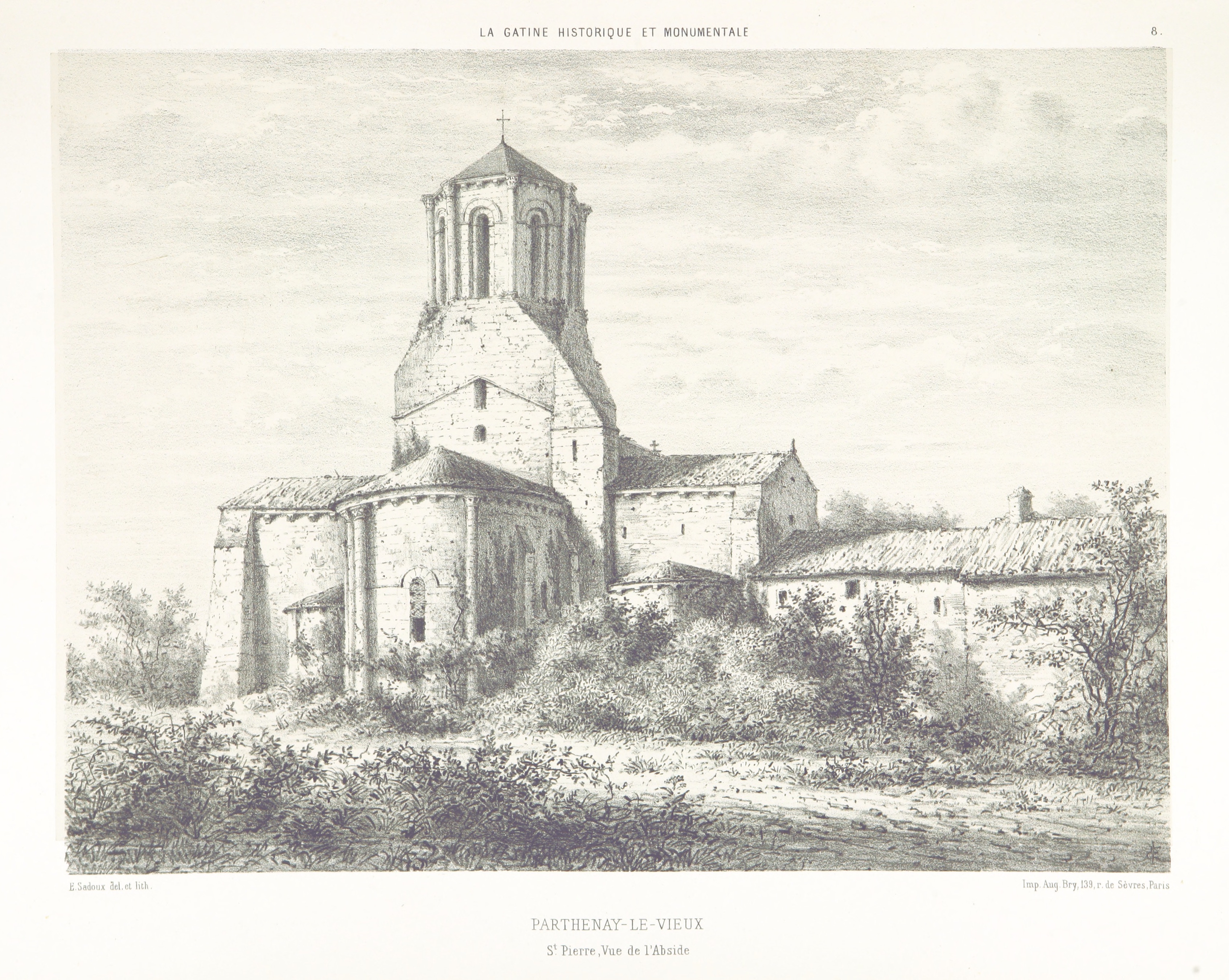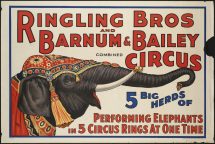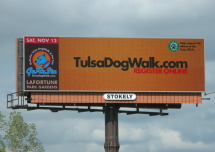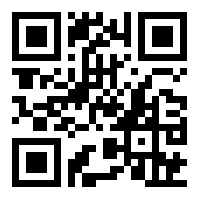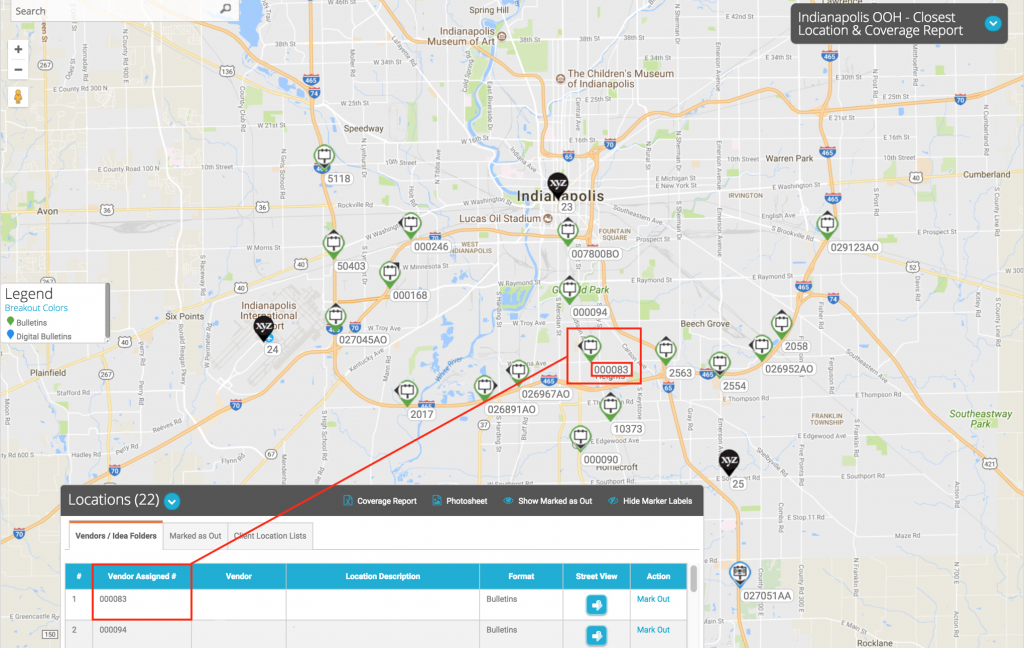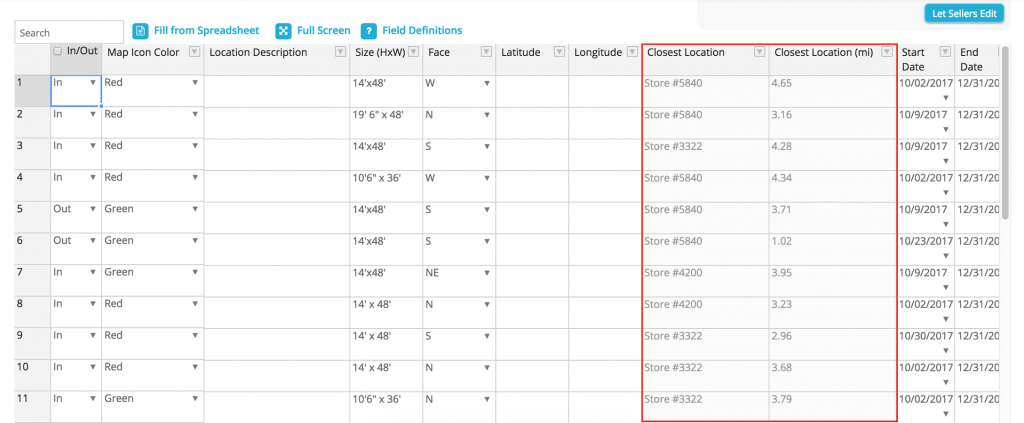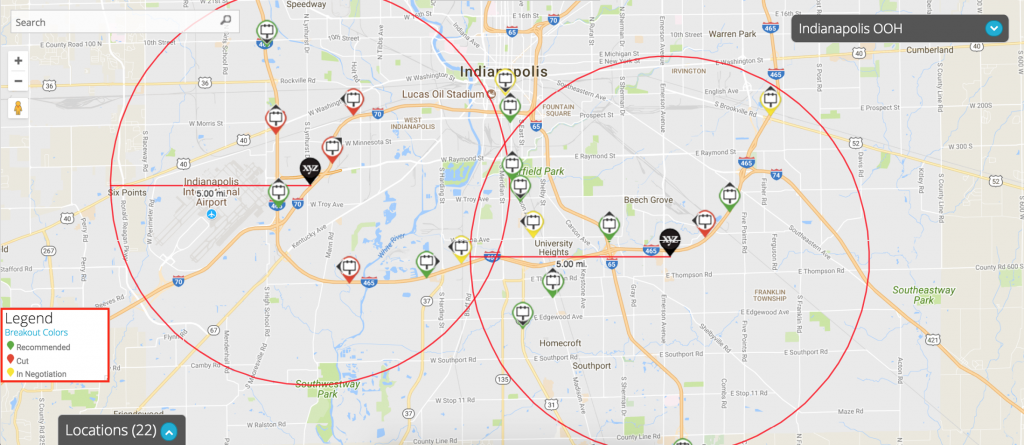 Say hello to 2018! The new year is here and we at DOmedia feel it’s the perfect time to examine exactly what the OOH industry is doing right. The beginning of any new year is a great time for reflection, so this post will detail some of the impressive OOH achievements witnessed in 2017, as well as a few exciting things that the industry can look forward to as it transitions into 2018.
Say hello to 2018! The new year is here and we at DOmedia feel it’s the perfect time to examine exactly what the OOH industry is doing right. The beginning of any new year is a great time for reflection, so this post will detail some of the impressive OOH achievements witnessed in 2017, as well as a few exciting things that the industry can look forward to as it transitions into 2018.
…and the Golden Globe goes to…The OOH industry!
Not really. The Golden Globe award for Best Motion Picture actually went to Three Billboards Outside of Ebbing, Missouri. This award-winning film focuses on the journey of a single mom who rents space on 3 billboards in her town in an effort to draw attention to the unsolved murder of her daughter. Although this film was created to entertain and enlighten, this small town drama did more than that and managed to draw big attention to the effectiveness of OOH advertising.
#ThreeBillboardsOutsideEbbingMissouri wins FOUR #goldenglobes! Congrats from your friends in #OOH #ThreeBillboards pic.twitter.com/oBtgqmPESQ
— OAAA (@YourOAAA) January 8, 2018
Charity through OOH
OOH advertising formats were used frequently throughout the past year to aid the efforts of a wide variety of charitable causes. Any charity campaign should be considered admirable, but the charity campaigns used to raise awareness for the massive disaster relief efforts that followed Hurricane Harvey and Hurricane Irma this year were especially notable. These campaigns made a difference in a time of intense need and further demonstrated how effective OOH advertising can truly be.
#OneAmericaAppeal hurricane relief messages are playing on our digital billboards across the U.S. Visit https://t.co/VzG9b1JbzO to donate 🇺🇸 pic.twitter.com/3MljtPpE8S
— Lamar Advertising (@LamarOOH) September 11, 2017
OAAA + Neilsen Reports
At the tail end of the calendar year, the OAAA announced the results of two Nielsen reports that provided insights on some important facets of OOH advertising. The first report focused on the value of poster advertisements. This study found that young adults notice posters at an incredibly high rate, and that “over half of all consumers agree that posters stand-out more than ads seen in newspapers, online, on mobile devices.”
Then the second study found that OOH advertising generates more online activations than TV, radio, print, and online banner ads when indexed against spend. Both of these reports demonstrate that OOH advertising continues to perform regardless of trends and that the industry itself is one that is destined to achieve growth.
New study: #OOH drives more online activity than other offline media & online banner ads. https://t.co/wgsr8EInYZ pic.twitter.com/iFBrnKnasc
— OAAA (@YourOAAA) November 29, 2017
